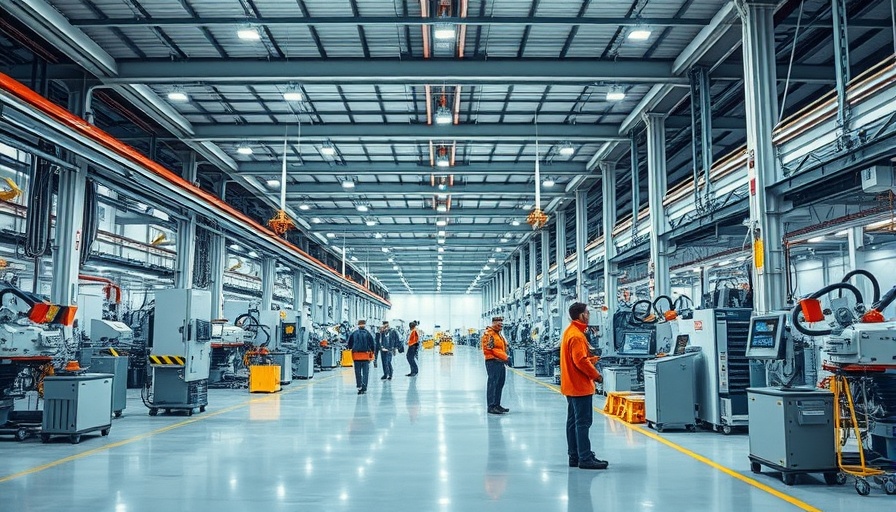
Investment Woes: Understanding the Clean Tech Conundrum
In the second quarter of 2025, U.S. clean tech manufacturing investments experienced a noteworthy decline, as evidenced in a recent study conducted by the Rhodium Group and MIT. With cancellations totaling a staggering $5 billion, new investments barely scraped by at $4 billion, highlighting a concerning shift in the manufacturing landscape. This marks a 15% drop in actual clean tech investments, painting a stark contrast from prior years of robust growth following the enactment of the Inflation Reduction Act.
The Push and Pull of Legislative Support
Previously, the prospects for clean tech manufacturing appeared promising, largely fueled by incentives provided by the Inflation Reduction Act. However, recent changes introduced by GOP reconciliation efforts have rolled back vital components of this legislation. These changes have led to a softening in demand for electric vehicles and the elimination of critical production tax credits, which were instrumental in propelling clean tech investments nationwide.
A Closer Look at Project Cancellations
The bulk of cancellations has impacted battery manufacturing projects, which were once viewed as cornerstones of future clean technology advancements. These growing cancellations come on a backdrop of a broader decline in U.S. manufacturing spending, with recent data revealing a downtrend for the first time since 2020. The stark reality is that while $8 billion worth of battery manufacturing investments are still being activated, the overall trend suggests a cautious re-evaluation of upcoming projects.
Global Context: Comparing Regional Performance
Across the globe, clean tech investments are witnessing a reshuffling. Countries that have maintained strong legislative support for green technologies are faring better in attracting investments. For instance, the European Union continues to lead in clean technology initiatives owing to consistent subsidies and commitment to climate change legislation. This poses significant questions about the U.S. strategy: as other regions push forward, will American manufacturers risk being left behind?
Economic Indicators: What Do They Mean?
The U.S. economy reported surprising growth of 3.3% in Q2 2025; however, this growth appears disconnected from the manufacturing sector trends. As new factory buildings saw spending declines, what will this mean for the overall economic health moving forward? Should investors reconsider their confidence in a post-pandemic recovery focused on revamped infrastructure and clean technology?
Moving Forward: The Importance of Strategic Investment
For stakeholders in the clean tech and manufacturing sectors, understanding the dynamics of investment and the influence of policy is crucial. As we analyze these shifts, the emphasis should be placed on advocating for policies that not only support immediate manufacturing needs but also undergird long-term growth in the clean energy space. Engaging in discussions and making informed decisions based on these insights will be essential as the industry redefines its future.
A Call for Policy Reevaluation
The current landscape signals a clear need for a comprehensive reevaluation of policies affecting clean tech investments. Stakeholders, investors, and policy advocates must collaborate to promote an environment that fosters confidence and encourages sustained investment. To ensure that the U.S. retains its competitive edge in the clean tech sector, a unified voice calling for legislative support is essential to prevent further decline.
 Add Row
Add Row  Add
Add 



Write A Comment